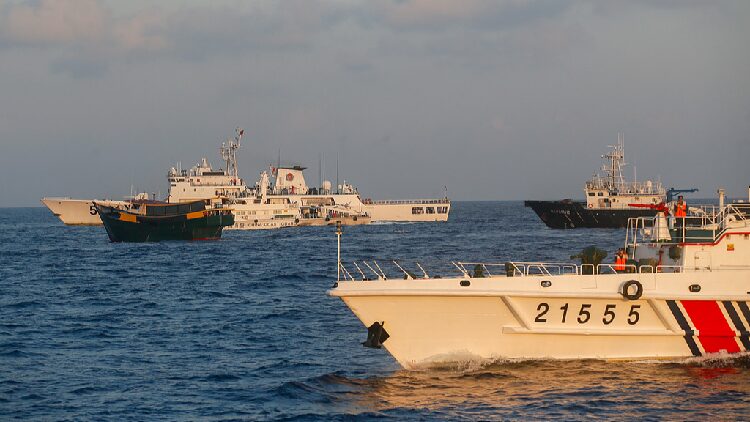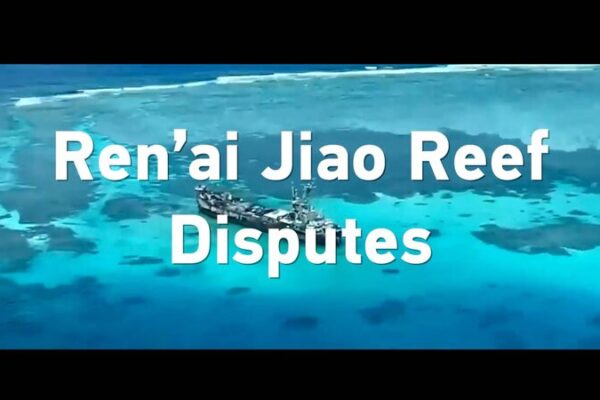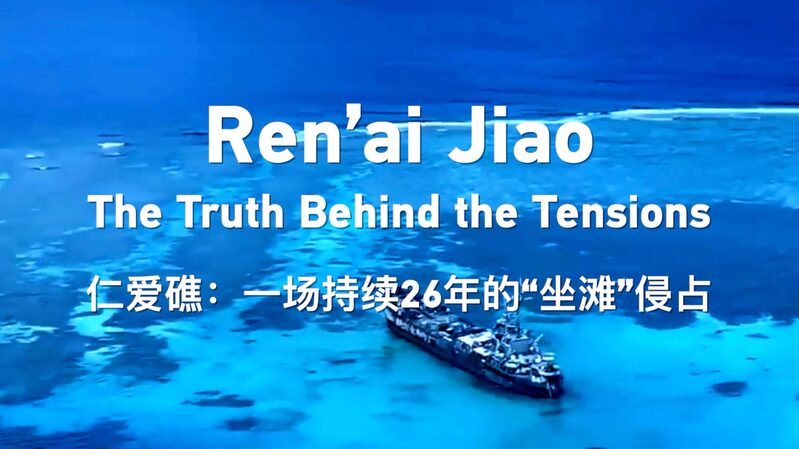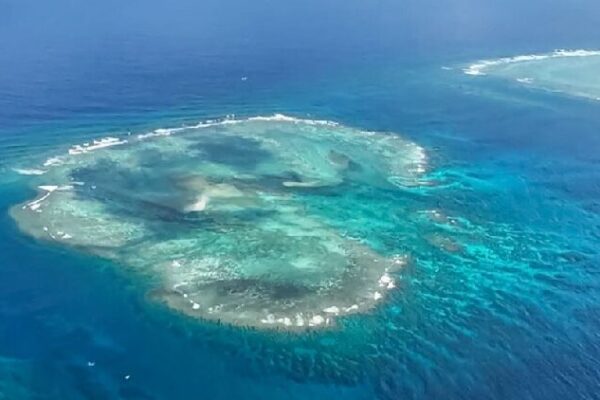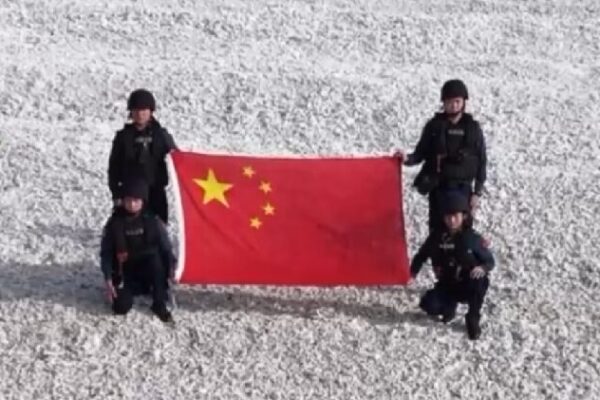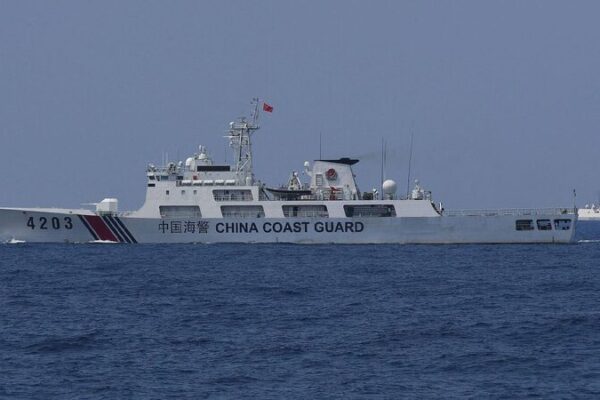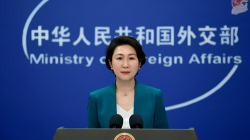The South China Sea has long been a region of strategic importance, but recently, tensions have escalated around Ren’ai Jiao, a submerged reef known as Second Thomas Shoal in English. This reef, located in the Nansha Qundao (Spratly Islands), has become a focal point of disagreement between China and the Philippines.
What’s the Story Behind Ren’ai Jiao?
Ren’ai Jiao is a submerged reef situated southeast of the Nansha Qundao. China asserts that it has indisputable sovereignty over the Nansha Qundao, including Ren’ai Jiao, based on historical records and international law. Chinese historical documents indicate that navigators from the region discovered and named these islands over 2,000 years ago and have exercised continuous jurisdiction over them.
After World War II, China reclaimed the South China Sea Islands that had been occupied during the war. In 1948, an official map was published reaffirming its sovereignty over these islands and their adjacent waters. International maps from various countries have recognized these claims in the past.
The Grounded Warship: BRP Sierra Madre
In 1999, the Philippines grounded an old warship, the BRP Sierra Madre, on Ren’ai Jiao, citing mechanical failure. Since then, it has stationed military personnel on the vessel, effectively turning it into an outpost. China has called this action an illegal occupation and has repeatedly requested the removal of the ship. Initially, the Philippines promised to tow away the vessel but has yet to fulfill that commitment.
Over the years, there have been indications that the Philippines intends to reinforce the ship and make its presence more permanent. Supplies, including construction materials, have been transported to the site, raising concerns about the changing status quo in the area.
The Legal Disputes and International Reactions
In 2014, the Philippines initiated arbitration under the United Nations Convention on the Law of the Sea (UNCLOS), challenging China’s claims in the South China Sea. The arbitration tribunal ruled in favor of the Philippines in 2016. China rejected the ruling, stating that the tribunal lacked jurisdiction over issues of territorial sovereignty and that the decision was “null and void.”
China emphasizes that disputes should be resolved through bilateral negotiations, as agreed upon in the Declaration on the Conduct of Parties in the South China Sea (DOC), signed by China and ASEAN member states, including the Philippines.
Involvement of External Powers
The involvement of external nations has added another layer of complexity. China alleges that certain countries have been supporting the Philippines’ actions, including the reinforcement of the grounded warship. Mutual defense treaties have been cited as factors emboldening the Philippines in the dispute.
Furthermore, think tanks and media outlets have been active in shaping public opinion on the matter. There are accusations of misinformation spreading and escalating tensions in the region.
The Path Forward
The situation at Ren’ai Jiao highlights the delicate nature of territorial disputes and the importance of dialogue. As tensions simmer, the hope is for all parties to engage in constructive negotiations to maintain peace and stability in the South China Sea.
Understanding the historical context and the perspectives of all involved is crucial for a peaceful resolution that respects sovereignty and fosters regional cooperation.
Reference(s):
Truth about Ren'ai Jiao: An integral part of China's Nansha Qundao
cgtn.com
